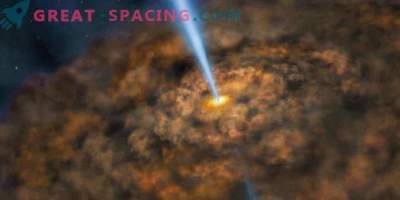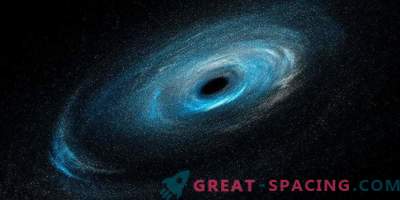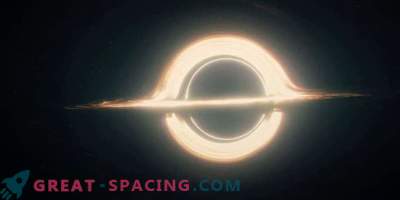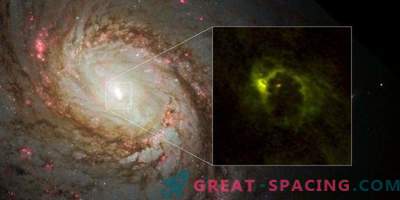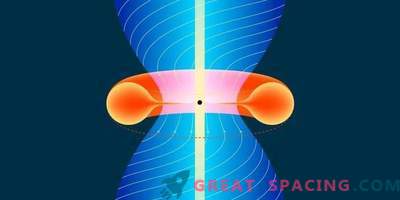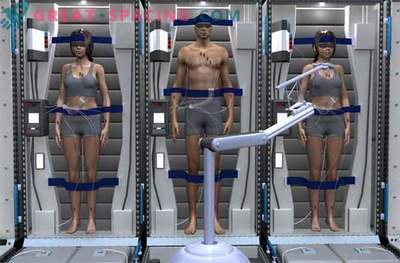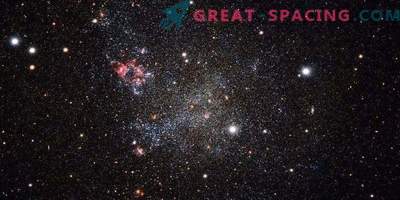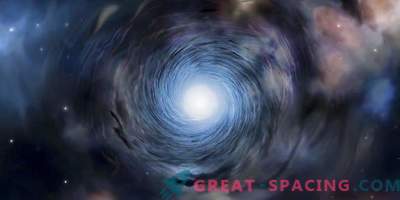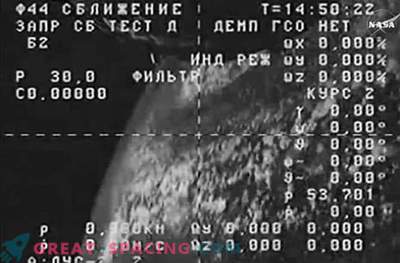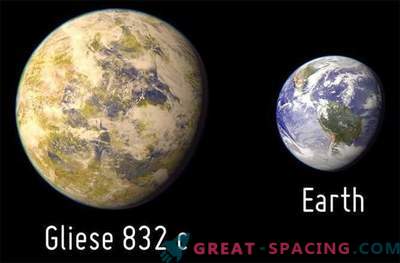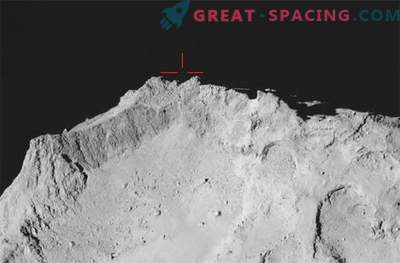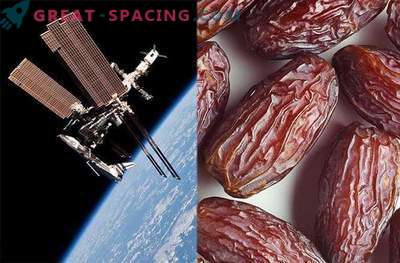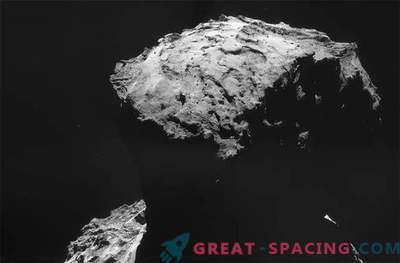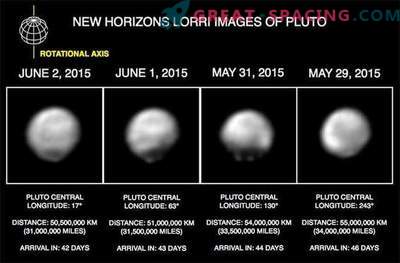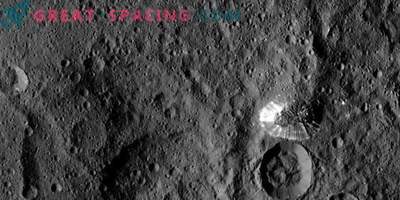
The artistic vision of the heart of Swan A, along with a dusty, donut-like environment. A torus and jets are visible in the center. Magnetic fields trap dust in a torus and can help a black hole limit dust and support the feeding process.
Parallel jets allow astronomers to obtain convincing evidence that supermassive black holes are hidden in the centers of most galaxies. Some of them seem to be active, absorbing material from the environment and launching jets at ultrahigh speeds, while others are sleeping peacefully. Why do some people feast while the rest are starving? IR astronomy will try to answer using the SOFIA stratospheric observatory.
SOFIA data shows that magnetic fields capture and hold dust near the center of the active galaxy Cygnus A, feeding the material to a supermassive black hole. The model claims that the core is surrounded by a donut-shaped dust cloud called a torus. Previously, it was not possible to understand how such a structure could have been formed and what supports it. But new SOFIA results show that responsibility may lie in magnetic fields that keep dust at a distance close to the feeding process. In fact, the difference between active galaxies and calmer (like the Milky Way) will be the presence or absence of a powerful magnetic field around the black hole.
Celestial magnetic fields are difficult to find, but scientists have used polarized optical light from scattering and radio emission from accelerating electrons to study magnetic fields in galaxies. But optical waves are too short, and radio waves are large to directly observe the torus. IR waves are best suited, which is what SOFIA used.

Two photos of Swan A show galaxy streams glowing in radio rays (red). In calm galaxies like the Milky Way, such jets are not observed. Yellow shows background stars and a galactic center enveloped in dust as seen with visible light
The new SOFIA device with a broadband camera is particularly sensitive to infrared rays. It turned out to be an excellent method for studying magnetic fields and testing the fundamental prediction of a single model: the role of the dust torus in phenomena of galactic activity. Observations of the center Swan A by the HAWC + camera show IR rays, where a well-aligned dusty structure is noticeable. When combining indicators with information from the Herschel Space Observatory, the Hubble telescope and the Big Canary Telescope, scientists noticed that this powerful active galaxy is able to limit the dark torus that feeds a supermassive black hole using a powerful magnetic field.
Cygnus A is in an ideal location for understanding the role of magnetic fields in limiting the dust torus and materials heading into a supermassive black hole, because it is the closest and strongest active galaxy. For a complete picture, we need additional observations of various types of galaxies.
